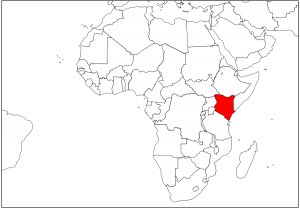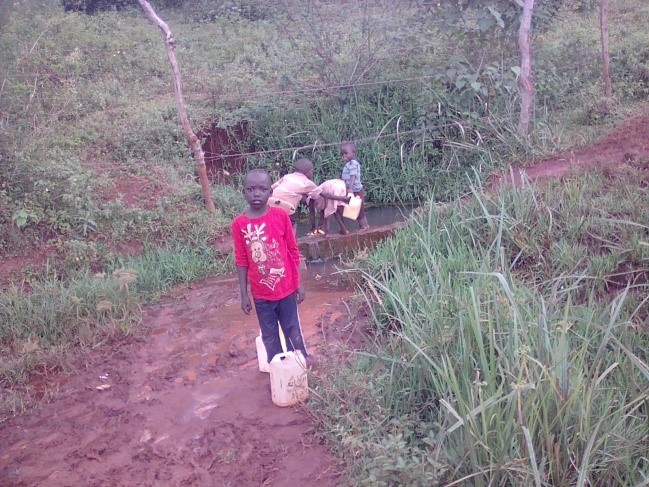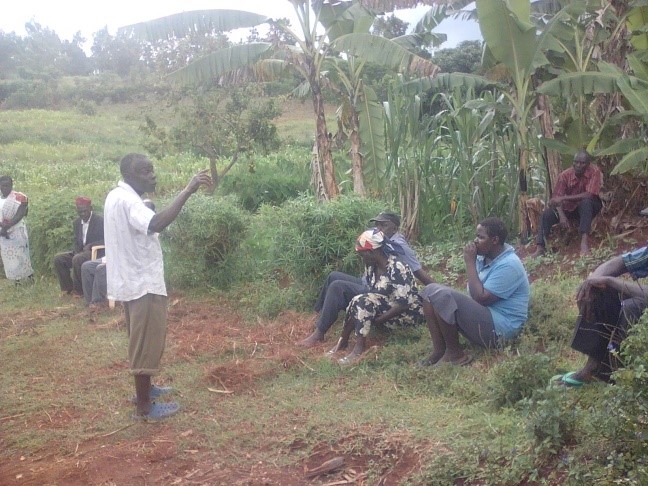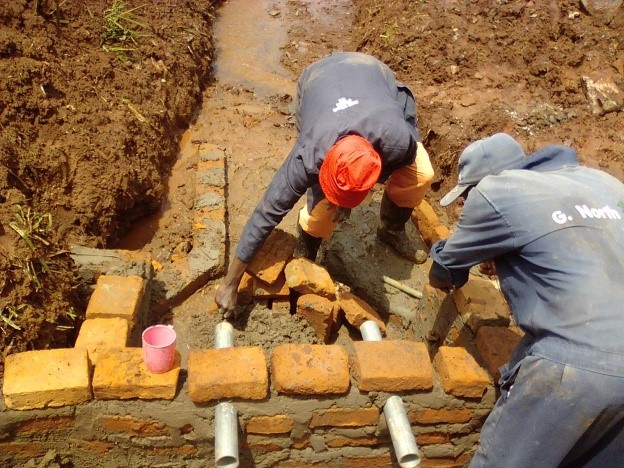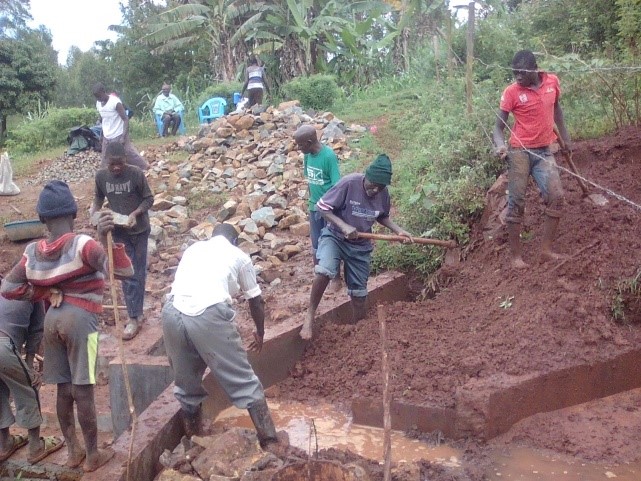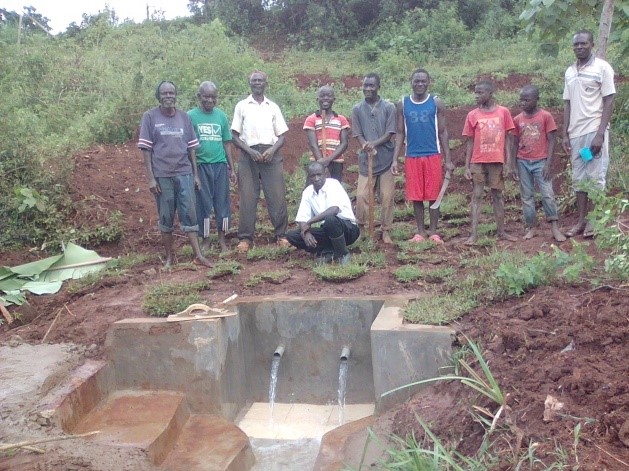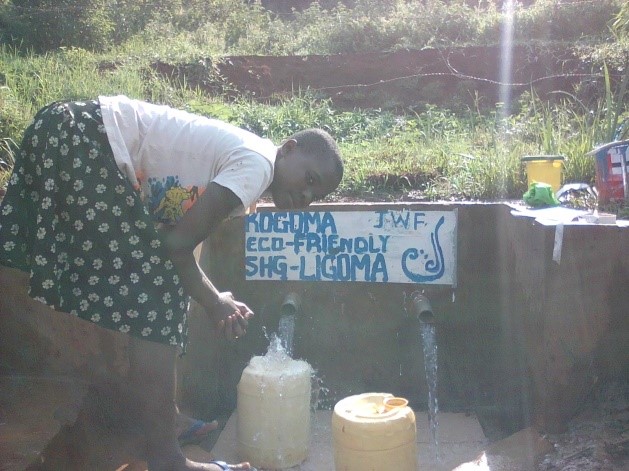JWF Fund 2019
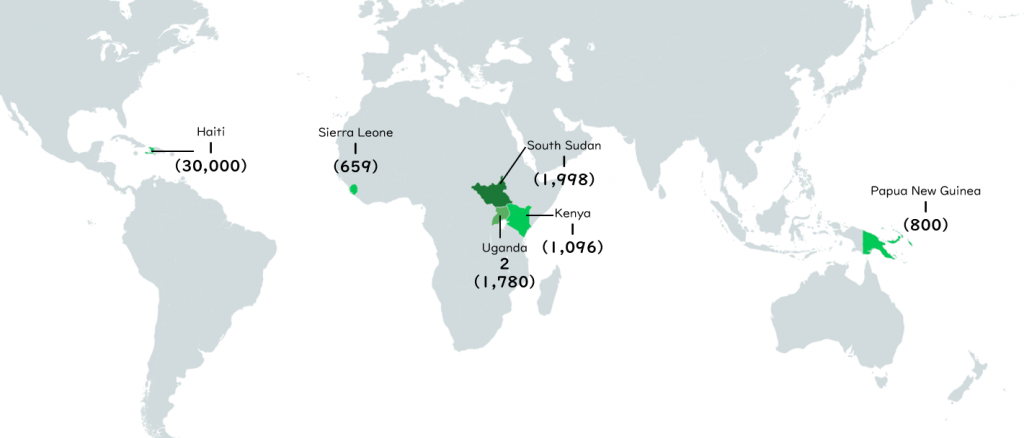 *Note: The number of supported project are shown boldface and the number of beneficiaries are shown in parentheses.
*Note: The number of supported project are shown boldface and the number of beneficiaries are shown in parentheses.
The number of supported project and beneficiaries of JWF Fund 2019
The JWF Fund was founded in 2005 and is operated solely by the Japan Water Forum (JWF), which aims to support selected grass-roots organizations in developing countries that have been addressing local water-related issues. Every year, the JWF publicly seeks out projects to support. Those adopted after due assessment are eligible for funding of up to 1,000 USD per project. The JWF Fund is based on JWF membership fees and donations from general contributors.
Under the JWF Fund 2019, seven projects in six countries were selected out of 302 projects submitted by 36 countries.
Applications for the JWF Fund 2019:
・Application Period: 3 June to 15 July 2019
・Number of Applications: 302 projects from 36 countries
・Selected projects: 7 projects from 6 countries; Papua New Guinea (1), Uganda (2), Kenya (1), South Sudan (1), Haiti (1), and Sierra Leone (1)
This page describes the project Construction and protection of Kogoma Spring (Kenya).
Construction and protection of Kogoma Spring (Kenya)
| Outlines of the project: ・Organization:Eco-friendly Self Help Group (#239) ・Project title:Construction and protection of Kogoma Spring ・Country/Area: Kenya/ Siaya county ・Project period: October 2019 to February 2020 ・Number of beneficiaries: 1,096 ・Cost: $1,139($1,000: JWF funds, $86: beneficiaries, $20: Local MCA Mr. Nick Ochola , and $33: Eco-friendly Self Help Group)
Background: Before the project:
Project Overview: During the project:
Main activities: After the project:
|
Voices from the beneficiaries:
Mr. Otieno Wajewa (Senior Village Elder, 71 years old)
|
| Mr. Nicholas Mudaho (Assistant Chief, Maliera Sub-Location, 47 years old)
|
Mrs. Ogoma Nyamalo (42 years old)
|
(Reported by Shigenori Asai, Director and Miyo Tabata, Assistant manager)
